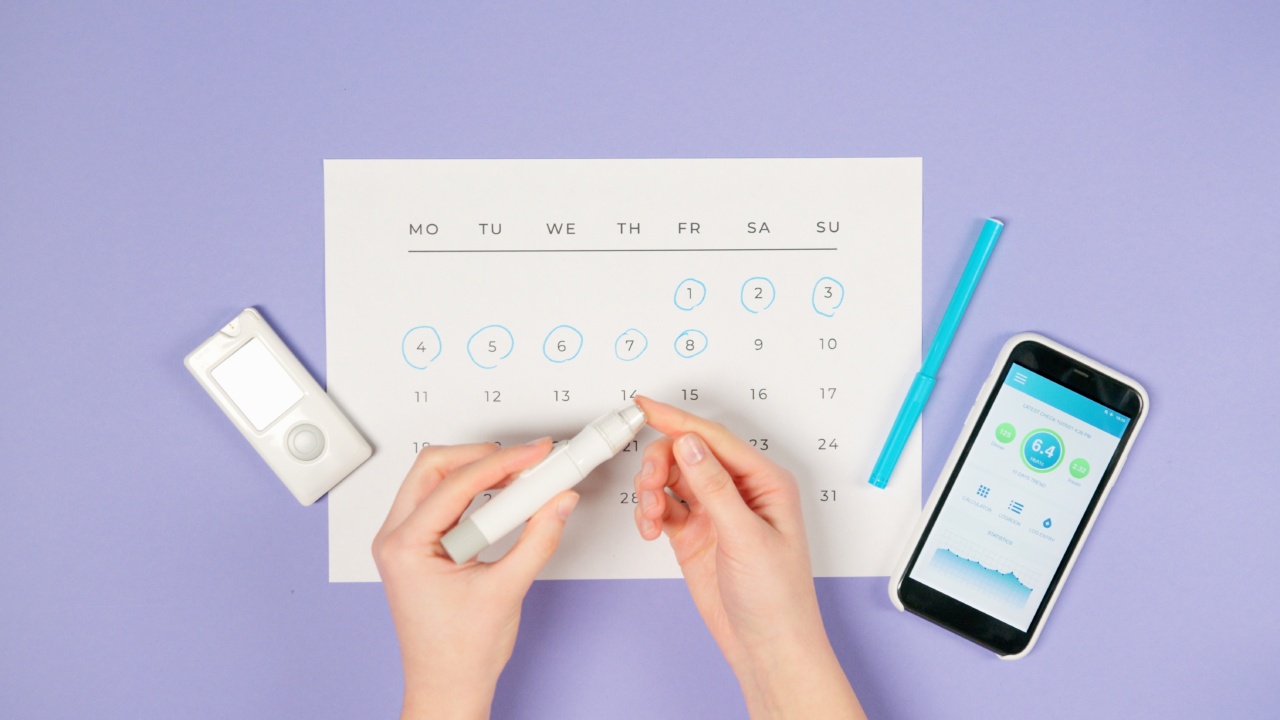Hormones play a vital role in determining our health and well-being. They are responsible for regulating our metabolism, sleep, mood, and appetite. In particular, hormones are critical in regulating hunger cues.
Therefore, it’s essential to have a clear understanding of your hormone levels to remain healthy.
In this article, we’ll discuss the top three methods for checking your hormone levels and hunger cues. Keep reading to discover these methods.
Method 1: Blood Test
The most common method of checking hormone levels is through a blood test. This test measures hormone levels in your bloodstream. Blood tests are quick, easy, and reliable.
They are also widely available and performed by medical professionals such as doctors and nurses.
To get a blood test, your doctor will draw blood from a vein in your arm. The blood sample will be sent to a laboratory for analysis. The laboratory will measure your hormone levels and provide your doctor with a report.
Your doctor will discuss the results with you and provide any necessary follow-up care.
Blood tests are useful for detecting imbalances in hormone levels. For example, if your body is not producing enough insulin, your blood test for insulin levels will show it.
Blood tests are also useful for detecting hormonal imbalances associated with certain medical conditions such as diabetes or thyroid disorders.
Method 2: Saliva Test
Another method of checking hormone levels is through a saliva test. Like a blood test, a saliva test measures hormone levels. However, instead of measuring hormones in your bloodstream, the test measures hormones in your saliva.
Saliva tests are non-invasive and simple to perform. You must collect a saliva sample in the privacy of your own home. Most saliva tests come with an easy-to-use kit that includes instructions on how to collect your sample.
Once you’ve collected your saliva sample, you send it to a laboratory for analysis. The laboratory will measure your hormone levels and provide a report to you in the mail or your doctor.
Saliva tests are useful for detecting hormonal imbalances associated with stress, mood disorders, and fertility issues. Additionally, saliva tests offer a convenient and cost-effective way to monitor hormone levels regularly.
Method 3: Hunger and Satiety Scale
The hunger and satiety scale is a method for determining your hunger and fullness levels. The scale ranges from 0-10, with 0 being extremely hungry, and 10 being extremely full.
You can use this scale to tune into your hunger and fullness cues to make informed decisions about when and how much to eat.
The hunger and satiety scale is simple to use, and anyone can use it. To use the scale, ask yourself where you fall on the scale before eating. If you’re at a level 3, for example, you know you’re starting to get hungry but not starving.
After eating, ask yourself again where you fall on the scale. If you’re at a level 7, for example, you should stop eating. Using this scale will help you develop healthy eating habits and reduce overeating.
Conclusion
Understanding your hormone levels and hunger cues is essential for maintaining a healthy lifestyle. The top three methods for checking your hormone levels and hunger cues are through a blood test, saliva test, and the hunger and satiety scale.
Choosing the best method for you will depend on your individual needs and preferences. Regardless of the method you choose, monitoring your hormone levels and hunger cues is critical to achieving optimal health.




























